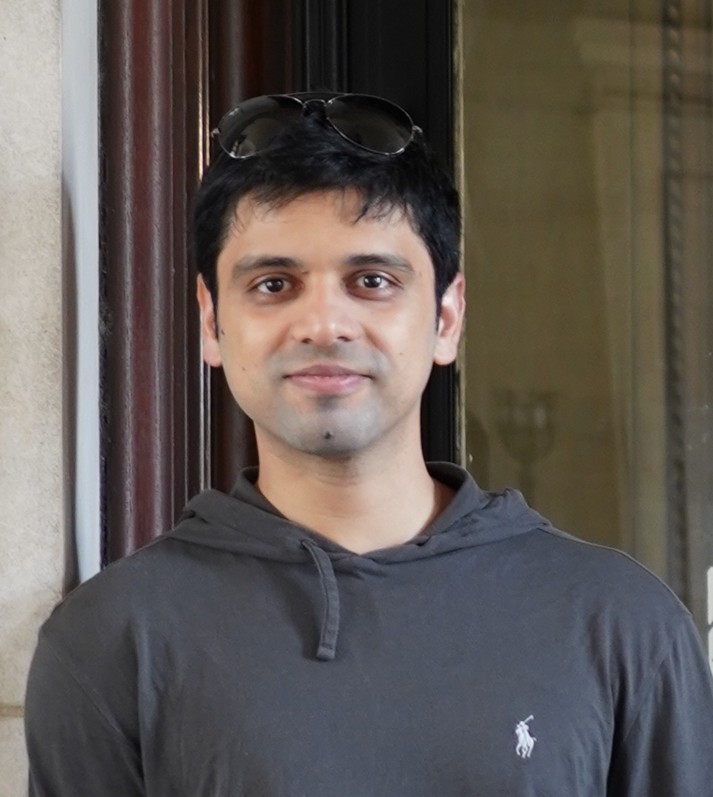
- This event has passed.
BANKSY unifies cell typing and tissue domain segmentation for scalable spatial omics data analysis
Statistical Bioinformatics Seminar
Dr Vipul Singhal, Head of Computational Biology, Integrated Biosciences, Inc
May 12 @ 1:00 pm – 2:00 pm
A core property of solid tissue is the spatial arrangement of cell types into stereotypical spatial patterns. These cells can be investigated with spatial omics technologies to reveal both their omics features (transcriptomes, proteomes, etc), and their spatial coordinates. Because a cell’s state can be influenced by interactions with other cells, it is informative to cluster cells using their omics signatures as well as their spatial relationships. We present BANKSY (Singhal et al., Nat. Genetics, 2024), an algorithm with R and Python implementations that identifies both cell types and tissue domains from spatially-resolved -omics data. It does so by embedding cells in a product space of their own and neighbourhood omics features. BANKSY revealed niche-dependent cell states in the mouse brain, and outperformed competing methods on domain segmentation and cell-typing benchmarks. BANKSY can also be used for quality control of spatial transcriptomics data and for spatially aware batch correction. Critically, it is substantially faster and more scalable than existing methods, enabling the processing of datasets with millions of cells. BANKSY comes in both Python and R implementations, and works with major single cell frameworks like SingleCellExperiment, Seurat, and Scanpy.
Subscribe to our seminar mailing list
Find out more about the Statistical Bioinformatics seminar series

Dr Vipul Singhal
Dr. Singhal is a computational biologist at Integrated Biosciences in Redwood City, CA, where he uses systems biology and machine learning to explore cellular responses to drugs and other perturbations. Previously, he worked at the Genome Institute of Singapore, developing algorithms to analyze spatial gene expression data in Dr. Kok Hao Chen’s lab. He earned his PhD in Bioengineering from Caltech, focusing on tools for designing genetic circuits, and his undergraduate degree in Electrical Engineering from Imperial College London. Outside work, he enjoys snowboarding and climbing.
